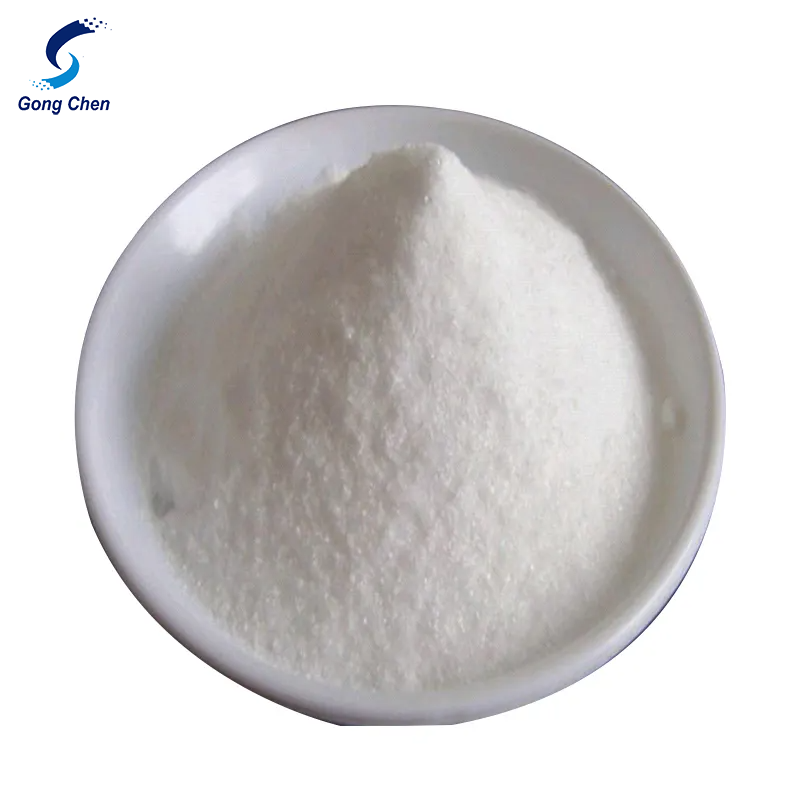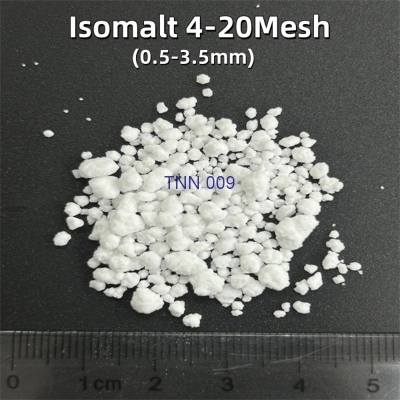-
Categories
-
Pharmaceutical Intermediates
-
Active Pharmaceutical Ingredients
-
Food Additives
- Industrial Coatings
- Agrochemicals
- Dyes and Pigments
- Surfactant
- Flavors and Fragrances
- Chemical Reagents
- Catalyst and Auxiliary
- Natural Products
- Inorganic Chemistry
-
Organic Chemistry
-
Biochemical Engineering
- Analytical Chemistry
-
Cosmetic Ingredient
- Water Treatment Chemical
-
Pharmaceutical Intermediates
Promotion
ECHEMI Mall
Wholesale
Weekly Price
Exhibition
News
-
Trade Service
Zhongning County of Ningxia Hui Autonomous Region is the origin of the authentic Chinese medicinal material " Lycium barbarum ", and "Zhongning Lycium barbarum" is the most advantageous agricultural product in Zhongning County
.
Zhongning wolfberry is a domestic high-quality brand-name agricultural product and enjoys a high reputation at home and abroad.
The General Administration of Quality Supervision, Inspection and Quarantine of the People's Republic of China officially released the results of the regional brand value evaluation in 2016.
The regional brand value of "Zhongning wolfberry" is 16.
156 billion yuan, ranking the agricultural region.
The brand ranks fourth in the country
.
With the development of the wolfberry industry, the brand of Zhongning wolfberry is facing many problems such as the unclear quality connotation of "Zhongning wolfberry"
.
Due to the brand effect of Zhongning wolfberry, the price of Zhongning wolfberry is quite different from that of wolfberry in other origins.
Some unscrupulous traders, in order to make huge profits, abuse the standard of origin, use shoddy, fake and fake Zhongning wolfberry to sell "chaos".
Existing, seriously damages the brand image and reputation of Zhongning wolfberry, disrupts the Zhongning wolfberry market and damages the economic interests of farmers
.
.
Zhongning wolfberry is a domestic high-quality brand-name agricultural product and enjoys a high reputation at home and abroad.
The General Administration of Quality Supervision, Inspection and Quarantine of the People's Republic of China officially released the results of the regional brand value evaluation in 2016.
The regional brand value of "Zhongning wolfberry" is 16.
156 billion yuan, ranking the agricultural region.
The brand ranks fourth in the country
.
With the development of the wolfberry industry, the brand of Zhongning wolfberry is facing many problems such as the unclear quality connotation of "Zhongning wolfberry"
.
Due to the brand effect of Zhongning wolfberry, the price of Zhongning wolfberry is quite different from that of wolfberry in other origins.
Some unscrupulous traders, in order to make huge profits, abuse the standard of origin, use shoddy, fake and fake Zhongning wolfberry to sell "chaos".
Existing, seriously damages the brand image and reputation of Zhongning wolfberry, disrupts the Zhongning wolfberry market and damages the economic interests of farmers
.
In order to establish the identification method of wolfberry producing areas, in 2017 and 2018, Wang Ying's research group collected 325 wolfberry fruit samples from 26 wolfberry producing areas in northwestern China, marked and recorded the variety, plant age, drying method and collection of the samples.
season
.
49 indicators, including stable isotopes, mineral elements, soluble amino acids and sugars , were used to verify the feasibility of origin traceability of wolfberry fruit
.
season
.
49 indicators, including stable isotopes, mineral elements, soluble amino acids and sugars , were used to verify the feasibility of origin traceability of wolfberry fruit
.
Under the guidance of researcher Wang Ying, Gong Haiguang, a postdoctoral fellow at the Agricultural Materials Center of the South China Botanical Garden of the Chinese Academy of Sciences, analyzed the influence of environment (origin), variety, plant age, drying process and collection season on the changes in the metabolic content of Lycium barbarum through variance analysis and heritability analysis.
.
Since PCA analysis can only be used in some regions of Lycium barbarum from different producing areas, the Orthogonal Partial Least Squares Discriminant Analysis (OPLS-DA) was used for further analysis of Lycium barbarum in different producing regions
.
The analysis results were filtered by S-plot and heritability to finally confirm calcium (Ca), manganese (Mn), ornithine (Orn), cystine (Cys-Cys), glutamic acid (Glu), phenylalanine (Phe), phosphoserine (Ps), serine (Ser), lysine (Lys), taurine (Tau), proline (Pro) and tyrosine (Tyr) can be used as traceability indicators for the origin of wolfberry, and It was re-validated by the sample data collected in 2018
.
The results can provide a basis for the origin of wolfberry in the future, and have important strategic significance for developing the wolfberry brand economy, stabilizing and supervising the wolfberry market, and promoting the healthy and rapid development of the Zhongning wolfberry industry
.
.
Since PCA analysis can only be used in some regions of Lycium barbarum from different producing areas, the Orthogonal Partial Least Squares Discriminant Analysis (OPLS-DA) was used for further analysis of Lycium barbarum in different producing regions
.
The analysis results were filtered by S-plot and heritability to finally confirm calcium (Ca), manganese (Mn), ornithine (Orn), cystine (Cys-Cys), glutamic acid (Glu), phenylalanine (Phe), phosphoserine (Ps), serine (Ser), lysine (Lys), taurine (Tau), proline (Pro) and tyrosine (Tyr) can be used as traceability indicators for the origin of wolfberry, and It was re-validated by the sample data collected in 2018
.
The results can provide a basis for the origin of wolfberry in the future, and have important strategic significance for developing the wolfberry brand economy, stabilizing and supervising the wolfberry market, and promoting the healthy and rapid development of the Zhongning wolfberry industry
.
Relevant research results have been recently published in the Journal of Agricultural and Food Chemistry, the top journal in the field of international agricultural science.
At the same time, the Ningxia wolfberry, the research object of the project, has become the cover of the journal, allowing the world to understand Ningxia wolfberry and its efficacy
.
At the same time, the Ningxia wolfberry, the research object of the project, has become the cover of the journal, allowing the world to understand Ningxia wolfberry and its efficacy
.
Article link: https://doi.
org/10.
1021/acs.
jafc.
1c06207
org/10.
1021/acs.
jafc.
1c06207







